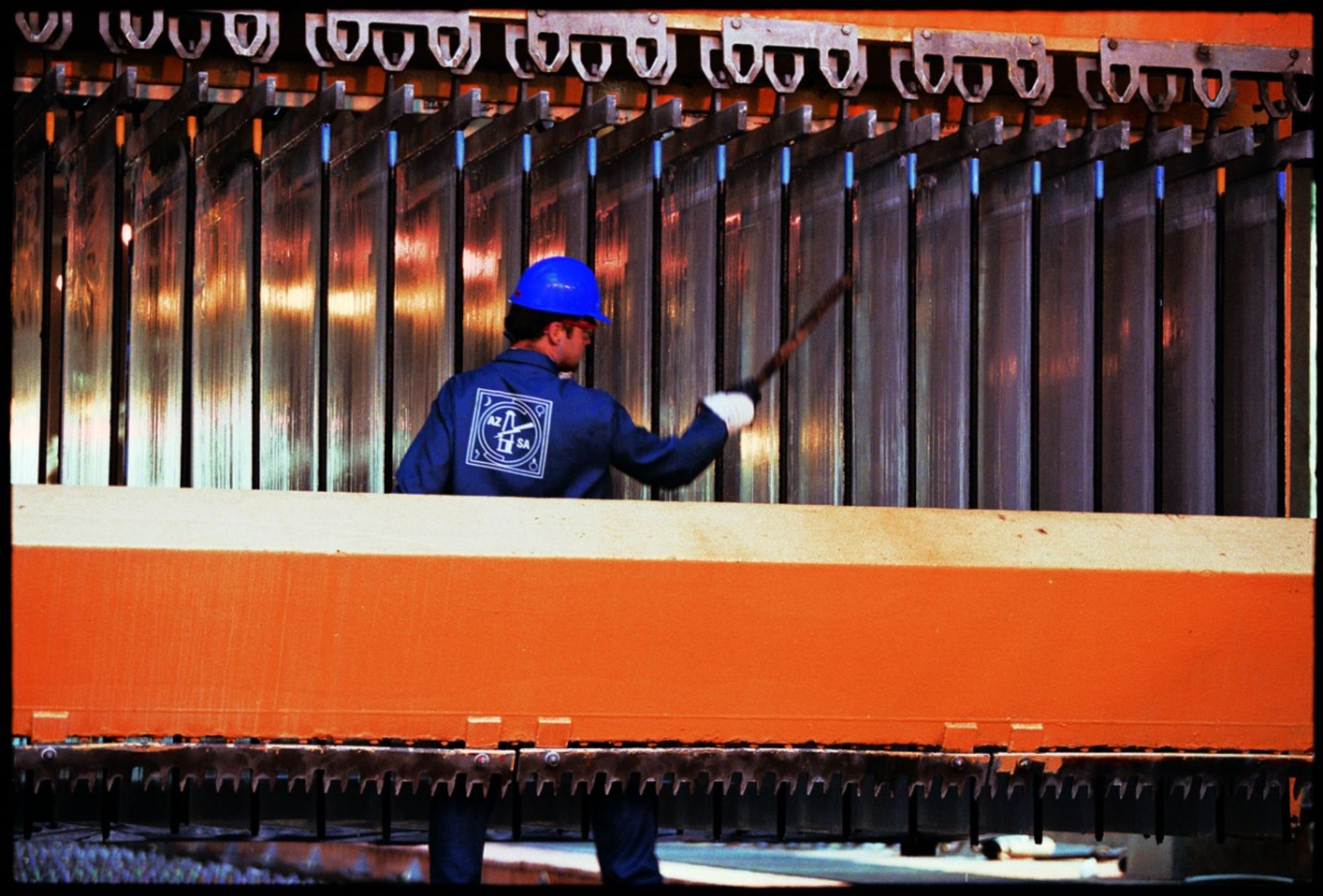Power issues could get in the way of Canada’s Labrador expected mining boom

$15 billion of investment in Labrador mining projects over the next decade may be jeopardized by the lack of energy sources unless alternatives, such as generating power from the Muskrat Falls, are put in place.
According to two reports on Labrador mining released Thursday by Labrador’s Department of Natural Resources, existing generating capacity in the region may be exhausted by 2015-2017, and Muskrat Falls could be an important source of power for mining developments post 2017.
The documents “Labrador mining and power – how much and where from?” and “Economic Impact Analysis of Iron Ore Mining Industry in Labrador 2011-31”, highlight the importance of competitively priced power to development and the potential power requirements of some or all of these if projects were to proceed.
“The mining industry holds tremendous growth potential, with upwards of $10 billion to $15 billion of investment in Labrador mining projects possible over the next decade,” said Minister of Natural Resources, Jerome Kennedy, in a statement.
Iron ore production in Labrador could grow from the current 26 million tonnes per year to 81 million tonnes if all projects proposed are developed. Over a 21-year period, such growth would result in an additional $80 billion in new capital and operating expenditures. It would also imply 358,000 person years of employment, $117 billion in GDP and an additional $17.5 billion in tax revenue for the province.
There are currently a number of mining projects at various states of development in Labrador. Voisey’s Bay, Wabush Mines, Iron Ore Company of Canada’s (IOC) Carol Lake and Labrador Iron Mines Ltd are in operation.
IOC Concrete Expansion Program and Tata Steel Minerals Canada are currently in construction and the feasibility study for LIM Expansion is complete.
Alderon Iron Ore Corporation’s Kami project, Tata Steel Canada Labmag project, Vale Inco’s Voisey’s Bay underground mine and Labec Century Iron Ore’s Joyce Lake are all undergoing feasibility studies.
And IOC Labrador West Strategic Development, North Atlantic Iron Corporation, Aurora’s Paladin Michelin project and Julienne Lake are all undergoing pre-feasibility studies.
The provincial mining sector in 2012 is forecast to operate at strong levels, with mineral industry employment at all-time highs. In 2011-12, the sector directly contributed $343 million to in Newfoundland and Labrador’s tax revenues.
RELATED:
Canada’s Labrador to drive potential iron ore boom in the country >> >>
More News
Why pause in US anti-corruption enforcement will hurt mining firms, not help them
In the race for critical minerals, bribery is not a guaranteed foot on the accelerator.
April 09, 2025 | 08:00 am
Gold price rallies over 3% as trade war heats up
"Ultimately gold continues to be seen as a hedge against instability here," an analyst said.
April 09, 2025 | 07:56 am
Column: Annual zinc processing benchmark looks bullish but isn’t
Zinc has been the consistent under-performer of the LME base metal pack since the start of 2025.
April 09, 2025 | 07:55 am
{{ commodity.name }}
{{ post.title }}
{{ post.excerpt }}
{{ post.date }}




Comments